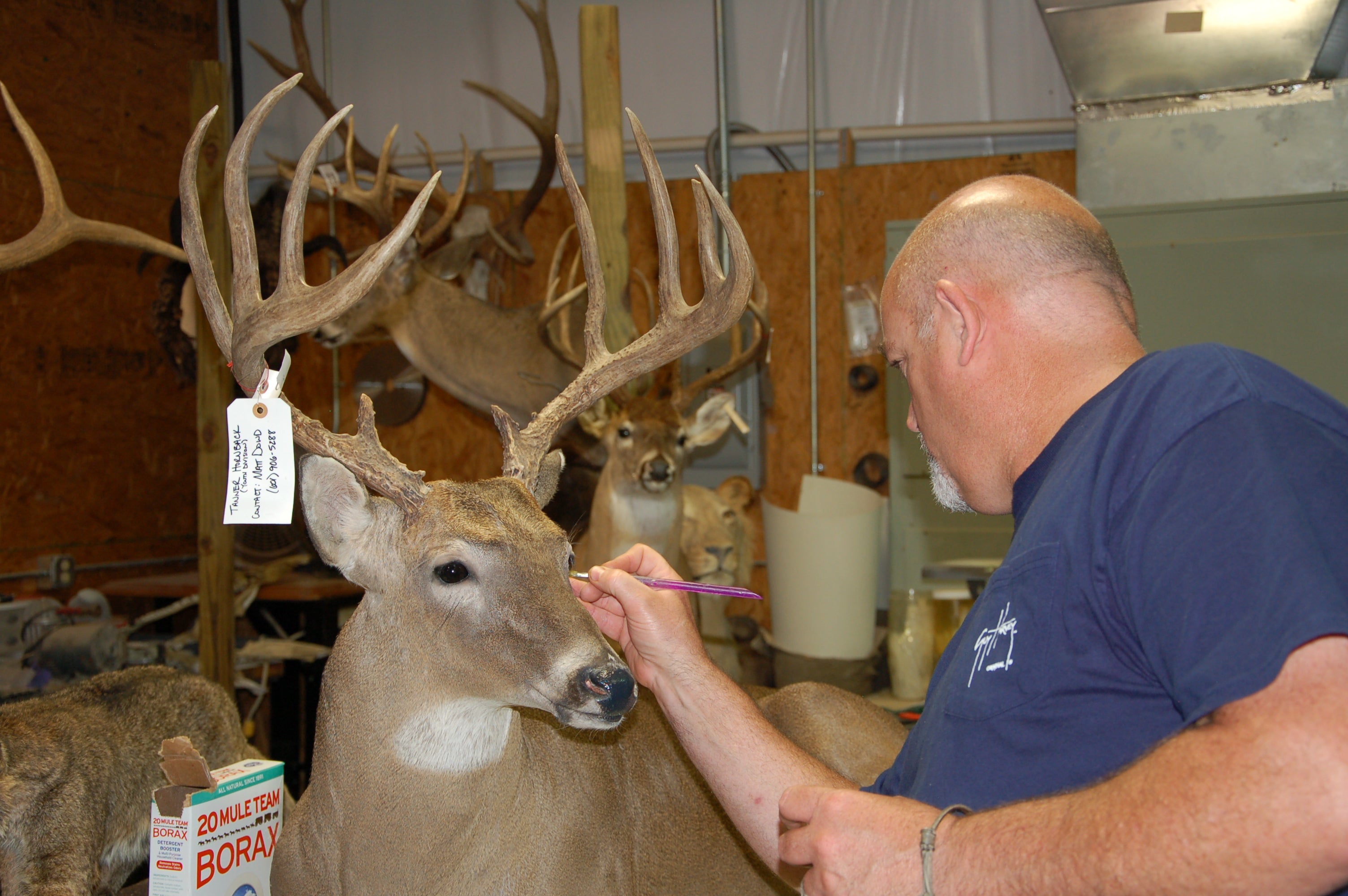Best Blades for Deer Head Caping
Dr. John Woods 07.14.14

A bowie knife makes a poor choice for caping out a deer head. For this kind of precision cutting work, a big, heavy duty blade is definitely not what is needed. Finesse is the order of the day when it comes to getting in close to make small, precise, razor like cuts around critical areas of a deer’s head, ears, eyes, mouth, and such–that is, if you are even brave enough to tackle the job. If not, then pay the extra fee to have a taxidermist do it right. You won’t regret it. Some cape cutting mistakes can be fixed, but it may not look natural.
“A really good caping knife needs to be small enough to work in tight cutting areas where precise blade handling and dexterity are required,” says John Mark Bridges of Bridges Taxidermy in Hazlehurst, MS. “These cutting actions to cape out a deer head are nothing like skinning or deboning meat. Obviously the blade has to be extremely sharp with a fine point. A two- to three-inch blade is best, with a knife design that allows the forefinger to be placed over and above the cutting edge on the back of the spine for ultimate cutting control.”
“The caping knife needs to be lightweight so it can be manipulated easily, but strong enough not to flex with the close in cuts when tendon or tough skin or muscle is encountered. I like a caping knife with a full tang design, meaning the cutting blade edge and handle section are all one piece. I want a grip over the tang handle that provides a good, secure grip with minimal slip. Some of the synthetic grips can get pretty slippery when wet. The rubberized-type grips work well even with gloves on,” states Bridges.
When caping a deer head, go slow, making exact cuts. Pick a small bladed, sharp knife for the job.